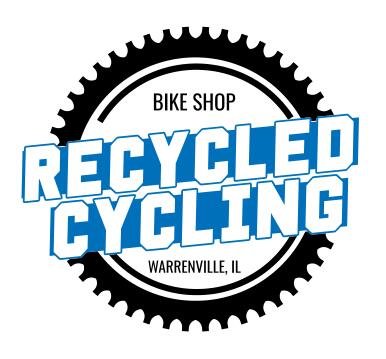Mastering Clipless Pedals: A Comprehensive Guide for Cyclists
Transitioning to clipless pedals can be a game-changer for cyclists, offering enhanced efficiency, control, and power transfer. Here’s an in-depth guide to help you learn how to ride with clipless pedals, packed with detailed instructions and tips to ensure a smooth transition.
Why Switch to Clipless Pedals?
Clipless pedals, despite the name, involve clipping into the pedals using cleats attached to cycling shoes. The benefits include:
Improved Power Transfer: Direct connection allows for efficient power transfer from your legs to the pedals.
Better Control and Stability: Feet stay in place, providing more stability and control, especially on technical terrains.
Increased Comfort: Reduced pressure on the feet, leading to a more comfortable ride over long distances.
Getting Started: Choosing the Right Equipment
Pedals: Popular clipless pedal systems include Shimano SPD, Look, and Speedplay. Each has unique features catering to different cycling disciplines.
Shoes: Choose cycling shoes compatible with your pedal system. Mountain biking shoes are typically more versatile for walking, while road cycling shoes are designed for maximum performance.
Installing and Adjusting Your Pedals and Cleats
Installing Pedals: Follow manufacturer instructions for attaching the pedals to your bike. Ensure they are securely tightened.
Cleat Positioning: Attach cleats to your shoes. Proper alignment is crucial to avoid discomfort and injury. Position the cleats so that the ball of your foot is directly over the pedal axle.
Practicing Clipping In and Out
Stationary Practice: Before hitting the road, practice clipping in and out while leaning against a wall or holding onto a stable surface. This helps build muscle memory.
Balancing Act: Try to balance on one foot while practicing clipping in and out with the other foot. This simulates the real-life scenario of starting and stopping.
Learning to Ride with Clipless Pedals
First Rides: Start in a safe, open area free of traffic. Practice starting and stopping repeatedly. Focus on unclipping one foot as you approach a stop.
Gradual Progression: As you become more comfortable, incorporate clipless pedals into longer rides and more challenging terrains.
Tips for Success
Anticipate Stops: Always be prepared to unclipping when approaching intersections, stop signs, or other potential stopping points.
Relax and Stay Calm: Falling is a part of the learning process. Stay calm, and remember that everyone experiences a few tumbles.
Regular Maintenance: Keep your pedals and cleats clean and well-maintained. Lubricate moving parts and check for wear regularly.
Troubleshooting Common Issues
Difficulty Clipping In/Out: Adjust the tension on your pedals if you’re struggling to clip in or out. Most systems have adjustable tension settings.
Knee Pain: Incorrect cleat positioning can lead to knee pain. Revisit your cleat alignment and make adjustments as needed.
Cleat Wear: Over time, cleats wear out and may become difficult to use. Replace them periodically to ensure smooth operation.
Advanced Techniques
Pedaling Efficiency: Focus on a smooth, circular pedal stroke. Clipless pedals allow you to pull up as well as push down, maximizing power.
Handling Technical Terrain: Practice unclipping and clipping back in quickly to navigate technical sections confidently.
Climbing and Sprinting: Use the stability and power transfer benefits of clipless pedals to enhance your climbing and sprinting capabilities.
Conclusion
Mastering clipless pedals is a significant milestone in a cyclist’s journey, offering enhanced performance and a more enjoyable riding experience. By following this comprehensive guide, you’ll build the skills and confidence needed to ride with clipless pedals effectively. Happy cycling!
#CliplessPedals, #Cycling, #BikeMaintenance, #CyclingTips, #PedalEfficiency, #CyclingLife, #CyclingCommunity, #BikeGear, #CyclingShoes, #MountainBiking, #RoadCycling, #BikeTraining, #BikeFit, #Cyclist, #BikeUpgrade, #PedalPower, #CyclingPerformance, #BikeSafety, #CyclingEquipment, #PedalSetup
